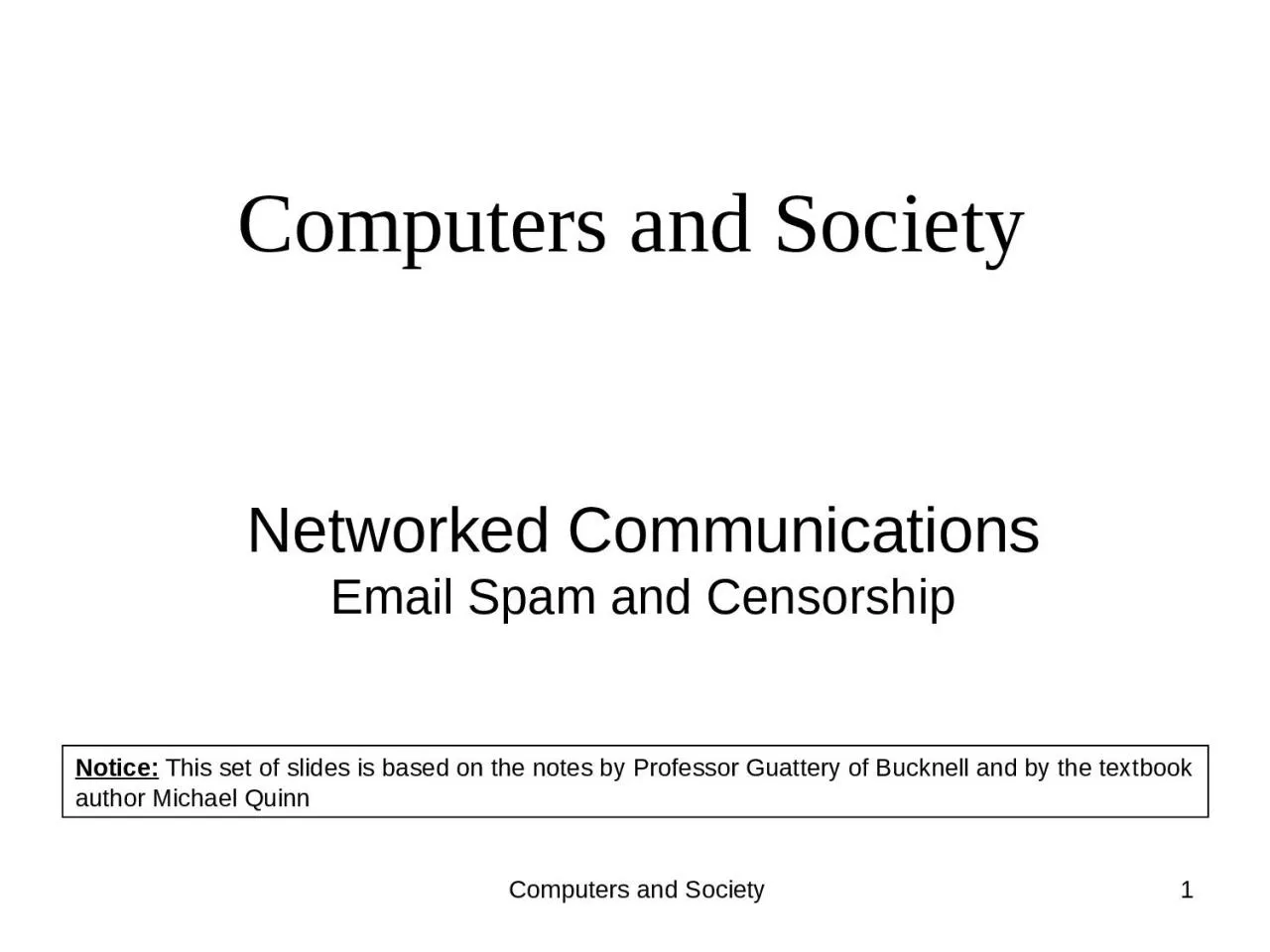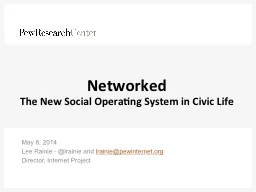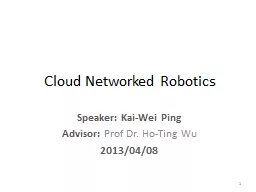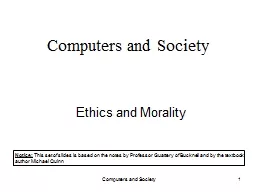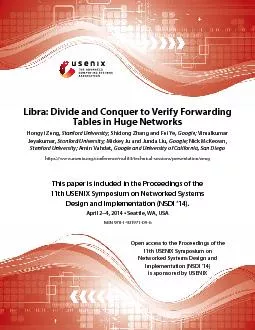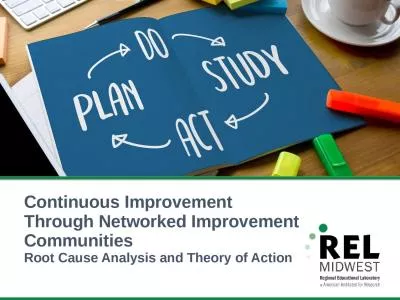PPT-Computers and Society 1 Networked Communications
Author : martin | Published Date : 2024-02-03
Email Spam and Censorship Notice This set of slides is based on the notes by Professor Guattery of Bucknell and by the textbook author Michael Quinn Computers and
Presentation Embed Code
Download Presentation
Download Presentation The PPT/PDF document "Computers and Society 1 Networked Commun..." is the property of its rightful owner. Permission is granted to download and print the materials on this website for personal, non-commercial use only, and to display it on your personal computer provided you do not modify the materials and that you retain all copyright notices contained in the materials. By downloading content from our website, you accept the terms of this agreement.
Computers and Society 1 Networked Communications: Transcript
Download Rules Of Document
"Computers and Society 1 Networked Communications"The content belongs to its owner. You may download and print it for personal use, without modification, and keep all copyright notices. By downloading, you agree to these terms.
Related Documents

